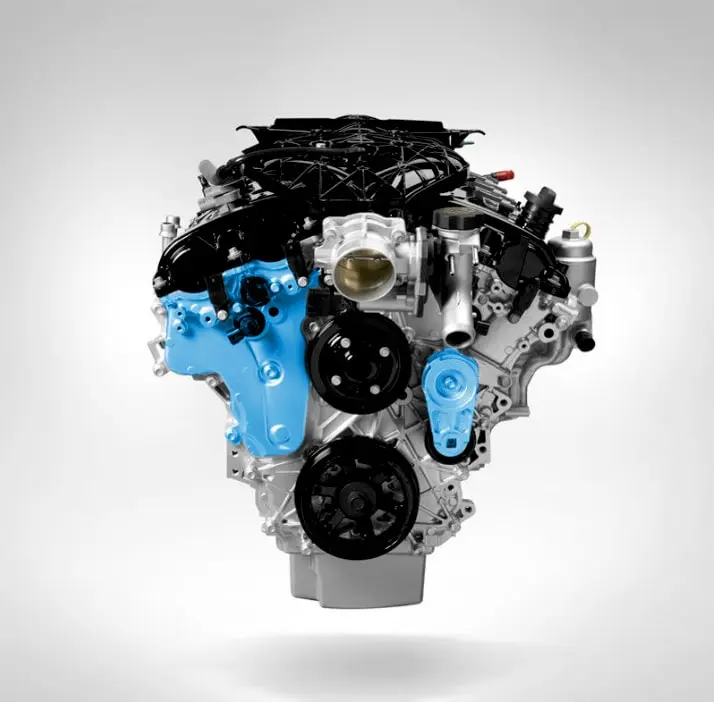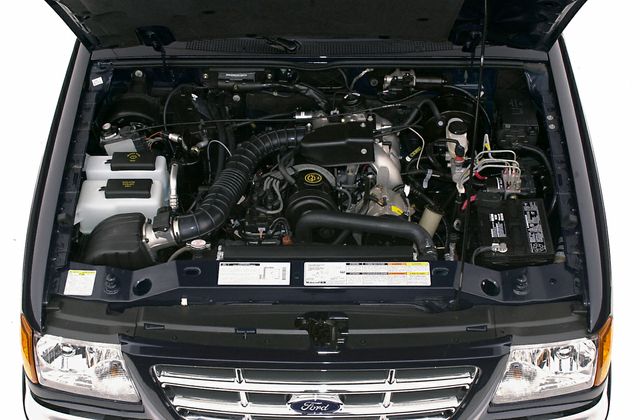Recognizing the Fundamentals of Car Engines: Features, attributes, and types

Summary of Car Engines
A vehicle engine acts as the heart of a lorry, transforming gas right into mechanical power to thrust it onward. This complex system makes up different parts that function in unison to make certain optimum efficiency and performance. The essential procedure of a vehicle engine entails the interior combustion procedure, where gas and air are blended, stired up, and expelled to create power.
The engine's design can considerably impact its efficiency, gas effectiveness, and discharges. Key parts consist of the cylinder block, pistons, crankshaft, and camshaft, each playing a vital function in the engine's overall feature.
In enhancement to these parts, engines commonly use various systems such as gas shot, ignition, and cooling systems to boost efficiency and longevity. Understanding the basic mechanics of vehicle engines is crucial for doing and identifying issues maintenance, inevitably adding to the lorry's reliability and effectiveness gradually.

Kinds of Cars And Truck Engines
Auto engines can be categorized into a number of kinds based upon their design, fuel type, and operational principles. 2.2 ford ranger engine. One of the most usual categories include interior burning engines (ICE), electrical engines, and hybrid engines
Internal burning engines, which can be more divided into gas and diesel motor, operate by sparking a fuel-air blend to generate power. Fuel engines are usually lighter and smoother, while diesel engines are a lot more fuel-efficient and offer higher torque.
Electric engines use electric energy stored in batteries to power an electric motor, providing instant torque and zero emissions during procedure. As technology breakthroughs, electrical lorries (EVs) are increasingly coming to be popular for their environmental benefits and reduced running costs.
Hybrid engines integrate elements of both internal combustion and electric engines, permitting adaptable source of power and enhanced fuel efficiency. They can run in different modes, making use of either the gas engine, the electric motor, or both at the same time.
Each type of engine has distinctive benefits and downsides, influencing their application in various car types and market sectors, from small cars and trucks to heavy-duty trucks. Understanding these kinds is essential for making educated choices concerning vehicle choice and performance assumptions.
Engine Functions Explained
Understanding engine features is critical for realizing exactly how vehicles run efficiently. At the core of any type of internal burning engine lies the basic process of transforming fuel right into mechanical power.
The ignition takes place following, firing up the blend and developing a quick expansion of gases. This force drives the piston down during the power stroke, which eventually converts right into the rotational motion check this site out of the crankshaft. The exhaust stroke then gets rid of the invested gases from the chamber, giving way for a brand-new cycle to commence.
In addition to these primary functions, engines also integrate systems that handle cooling and lubrication, making sure optimum functional temperature levels and reducing rubbing between moving components. This intricate interaction of features makes it possible for the engine to generate the power essential for lorry propulsion while keeping effectiveness and dependability. Comprehending these features offers important insight right into the intricacies of automotive engineering and enhances the ability to diagnose and address engine-related issues successfully.
Secret Engine Attributes
Engine style includes a number of essential features that considerably influence effectiveness, performance, and durability. One of one of the most essential elements is the engine configuration, which consists of inline, V-type, and flat layouts. Each configuration influences the engine's balance, dimension, and power result, consequently impacting total car characteristics.
Another crucial function is the engine variation, referring to the total quantity of all cylinders. Bigger displacements commonly yield even more power but might jeopardize fuel performance. Engine materials also play a crucial duty; light-weight and high-strength products, such as aluminum and magnesium alloys, improve performance you can check here without including too much weight.
The kind of fuel injection system utilized-- such as straight or multi-port shot-- influences burning efficiency and emissions. Supercharging and turbocharging are functions that enhance engine efficiency by forcing additional air into the combustion chamber, enhancing power outcome without dramatically raising engine dimension.
Lastly, the existence of sophisticated engine administration systems maximizes fuel-air mixture and ignition timing, adding to smoother operation and better fuel economic climate. Collectively, these features define an engine's abilities, establishing the structure for its efficiency and longevity in an affordable automobile landscape.
Maintenance Tips for Engines
Proper engine maintenance is critical for making sure optimum performance and durability, as overlooking routine care can result in significant issues down the line. To maintain your engine properly, start with regular oil adjustments, commonly every 3,000 to 7,500 miles, relying on the kind of oil utilized. Fresh oil lubricates engine parts, lowering friction and wear.
Additionally, monitoring coolant degrees is crucial to avoid overheating. Make certain that the coolant is topped up and remains in great condition to keep efficient temperature law. Regularly evaluate and change air and fuel filters, as blocked filters can hinder air movement and fuel delivery, compromising engine performance.
In addition, take note of ignition system and ignition systems. Used or malfunctioning ignition system can lead to misfiring and lowered efficiency. Examining the battery terminals and links for rust is likewise important, as a weak battery can influence engine beginning.

Final Thought
In summary, a thorough understanding of auto engines includes various kinds, functions, and vital functions that substantially influence vehicle efficiency. Interior combustion engines, together with hybrid and electrical alternatives, demonstrate diverse devices for energy conversion. 2.2 ford ranger engine. he has a good point Identifying the crucial features, such as intake and exhaust cycles, alongside crucial engine functions like arrangement and fuel shot systems, outfits vehicle proprietors with the knowledge essential for reliable maintenance and procedure, eventually boosting lorry long life and effectiveness
A vehicle engine serves as the heart of a vehicle, converting fuel into mechanical energy to thrust it forward. The fundamental operation of an auto engine involves the interior burning procedure, where fuel and air are combined, fired up, and eliminated to produce power.
Routinely evaluate and change air and fuel filters, as blocked filters can prevent airflow and fuel shipment, endangering engine performance. - 2.2 ford ranger engine
In summary, a comprehensive understanding of car engines incorporates numerous types, functions, and essential features that substantially affect car efficiency. Recognizing the crucial features, such as consumption and exhaust cycles, alongside vital engine attributes like configuration and gas injection systems, gears up auto proprietors with the knowledge required for efficient maintenance and procedure, ultimately improving lorry longevity and effectiveness.